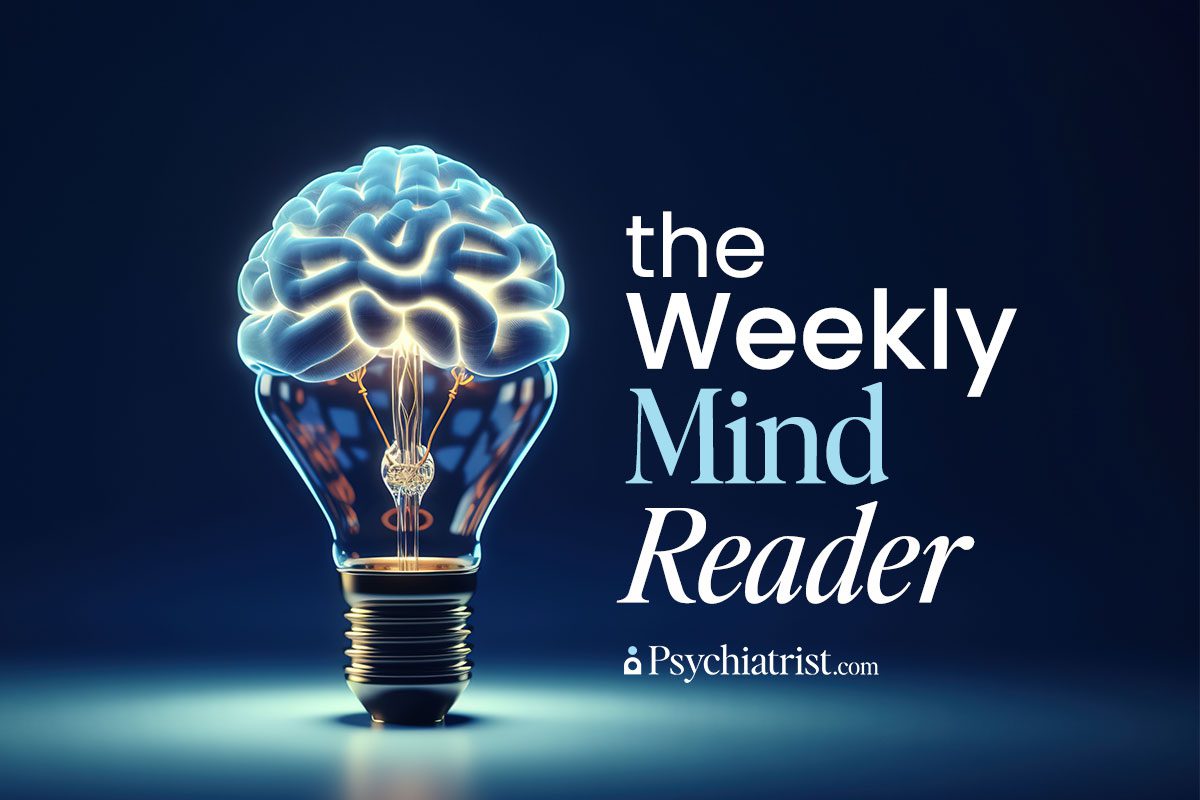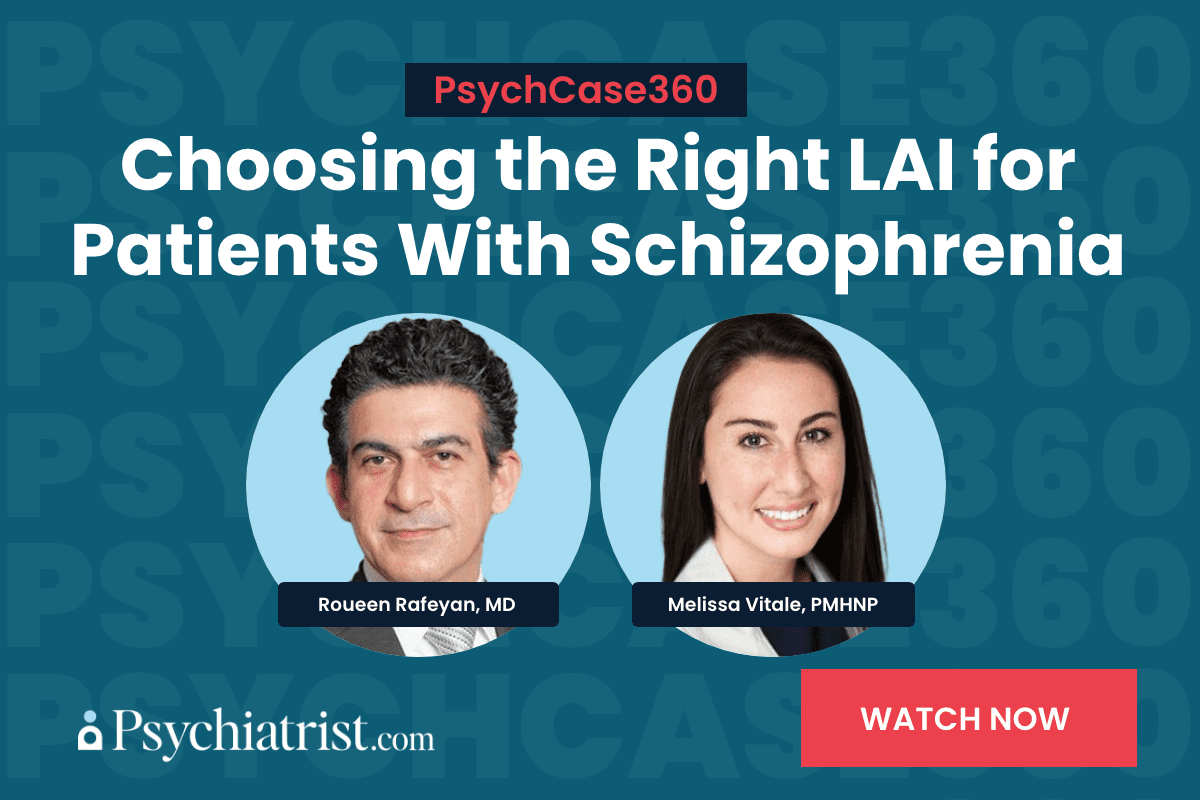Even before the pandemic sent rates soaring – especially among younger Americans – suicide had already started ticking upward. Overall, annual rates jumped more than 20 percent between 2000 and 2021.
It got bad enough that – in 2024 – the U.S. Surgeon General rolled out a new national prevention plan.
The good news is that there are ways to help. The data show “that 83% of individuals have health care visits before suicide, and 92% make contact with the health system before a suicide attempt.”
To capitalize on that, several health systems have embraced the Zero Suicide (ZS) model, which debuted back in 2001. The prototype gradually gained momentum – and recognition – as the gold standard in health care-based prevention. It offers a structured care pathway that includes risk screening, assessment, interventions, and treatment.
Over the last two decades, it’s gained widespread adoption across most of the United States. It’s even garnered the endorsement of groups such as the National Action Alliance for Suicide Prevention.
“We’ve seen over the past 23 years how effective this model can be. Some years we literally have zero suicides within our patient population,” Brian K. Ahmedani, PhD, lead author and director of research for Behavioral Health Services at Henry Ford Health, explained. “As health systems across the country and around the world begin to adopt this strategy, it was important to prove its effectiveness beyond our health system.”
Digging Into the Numbers
Even so, there’s been a notable lack of data on whether the model makes any quantifiable difference in curbing suicide attempts in outpatient settings. That’s where most patients interact with the mental health care system for the first time
But a new multi-state study revealed that the ZS model curbs suicide attempts across major U.S. health systems. The quality improvement study look at the impact of ZS model implementation across half a dozen major health systems spread across California, Colorado, Michigan, Oregon, and Washington. All told, these six systems see more than 10 million patients every year.
The study focused specifically on more than 300,000 patients 13 and older who received outpatient mental health care between 2012 and 2019.
Working with electronic health records and insurance claims data, the research team followed suicide attempts (and deaths), comparing rates before and after each system rolled out the ZS model. The established a primary metric of the combined measure of suicide attempts and deaths within 90 days of a mental health visit.
What they found surprised them.
- Three of the four systems showed statistically significant reductions in suicide attempt rates. Some as much as 0.7 fewer attempts per 100,000 patients a month.
- The fourth system –while not showing a notable drop – saw a sustained lower plateau in suicide attempt rates following implementation.
- Two additional health systems, which had adopted the model before the study, showed some long-term benefits. One maintained the lowest suicide attempt rates of all participating systems — just 0.3 per 100,000 patients per month by 2019.
“This is the strongest real-world evidence to date that implementing the ZS model in outpatient mental health care can save lives,” the researchers wrote. “It underscores the value of systematic suicide prevention efforts integrated directly into health care.”
How It Works
The ZS model requires health systems to conduct suicide risk screenings at every mental health visit. They followed that up with a validated risk assessment, safety planning, and access to evidence-based treatments. More than 73% of of the mental health visits in 2019 included suicide risk screenings. And most at-risk patients received additional assessment and intervention.
“These statistics are incredibly significant, particularly when you consider patients who engage with behavioral health specialists are at a higher risk for suicide than those who visit a general practitioner,” Ahmedani said.
As Ahmendani implied, there’s more work to be done to successfully adapt this model to primary care settings. That’s where most at-risk patients ask for help the first time. The researchers insist that it’s just as important to ensure equitable access to suicide prevention strategies across diverse communities.
“‘Zero Suicide’ may seem like an impossible goal, but we believe we should strive every day to try to prevent suicide among our patients,” Ahmedani added. “This is the best evidence yet that we have the tools to recognize those in distress, intervene, and help them change course.”
Further Reading
NRX-100’s Breakthrough in Suicidality Treatment
Suicide and Benzodiazepine Use in Veterans With Bipolar Disorder



